Births, Deaths, Marriages
part 2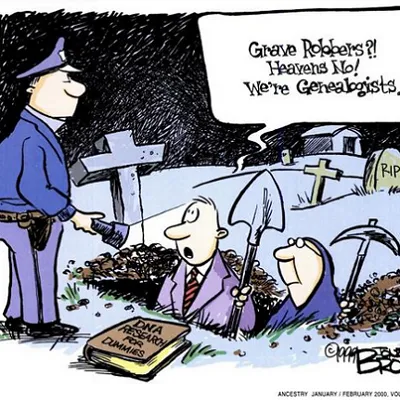
image source
So aside from the certificates you can get (which we covered in the previous lesson) there are other, related places to check for similar information. Again, I've given you some examples so you can visualise what clues they might reveal as you continue your research.
Remember to keep in mind that resources will vary from country to country, and time period to time period.
If your ancestors were local to your current area, you may want to think about joining or visiting a genealogy group or historical society. They very enthusiastically collect and collate as much data as possible, so there is a good chance they'd have something on record about your people.
Births - baptisms, announcements
The first has minimal details, for William Richard ADAMS (18 Oct 1871)
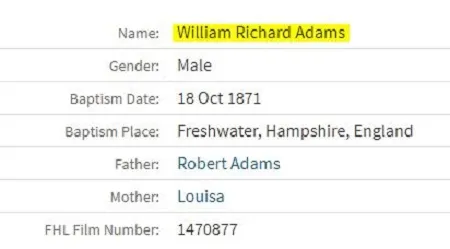
(source: FamilySearch website)
The next one has a bit more detail. It is for Emily Louise ADAMS (26 Jul 1885)
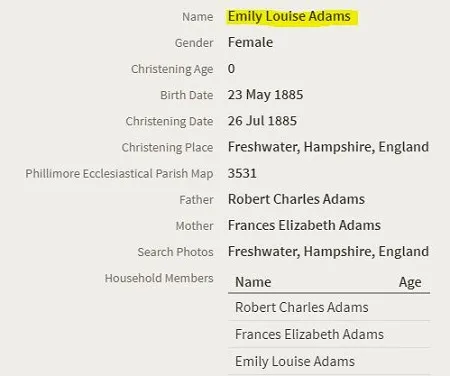
(source unknown)
We are lucky enough to have a birth date available, which is excellent information to acquire.
This example shows the original baptism record, again with the date of birth recorded - which wasn't often the case. It is for Thomas William SCOTT (13 Mar 1901)

(source unknown)
Note that it also lists the father's occupation (2nd to last column).
Birth announcements in the newspaper can be a source of information or a source of frustration as this New Zealand one for Margery July Ann TAYLOR shows. (1871)

(source: Papers Past)
It wasn't unusual for the mother not to be named, and it appears that when they put the announcement in the paper they hadn't yet settled on a name for their new baby.
Deaths - obituaries, probates, burial records, wills, reports
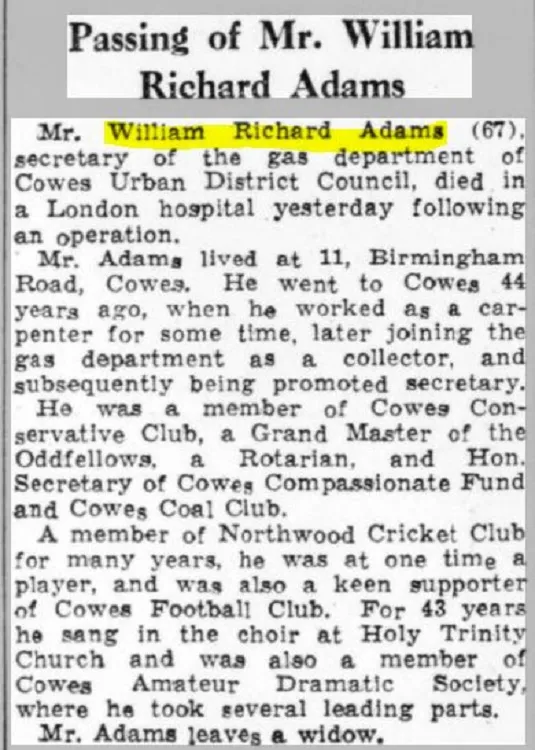
(source: Portsmouth Evening News, pg. 8, 16 Jun 1939)
As you can read, it gives a good insight into parts of his life, which you could then research further if you wanted to; but other pieces of information are sadly lacking - note they didn't even name his wife or any children they may have had.
Newspapers also print articles or notices on someone if they were deemed newsworthy - such as being involved in an accident or fatality. This one, from Canada, is for Frederick Richard RAINE. (Apr 1924)
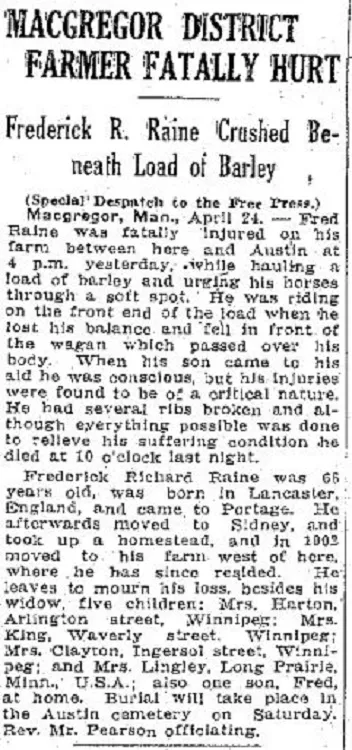
(source unknown)
The newspaper reported some pieces of information we could find useful.
In the USA, they have transcriptions of their social security indexes. Here is one for Lois Fay REEKS. (Jun 2003)
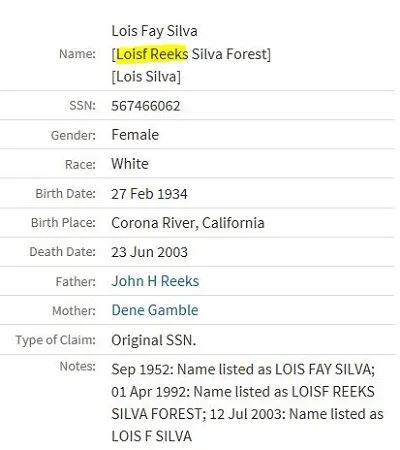
(source unknown)
Listing her parents names, including her mother's maiden name is very helpful, and so are the other names Lois was known by. We can see by the inclusion of the names SILVA and FOREST that she was married twice, and that information can be followed up on.
In the UK they publish probate records in what is called their National Probate Calendar, which (usually) look like this example. It is for Sidney John SAUNDERS (30 Jun 1945)

(source unknown)
It lists his last residence (and if he died elsewhere it would give that information also), who his estate administrators are, and how much his estate is worth.
This next example has been taken from a New Zealand cemetery burial record list. It is for Barton Mason REVELL (Apr 1952)

(source unknown)
This is normally different to what the headstone has inscribed. I won't post examples of headstones or grave plaques because I am sure everyone is familiar with how they look. Sometimes they have valuable clues, sometimes scant information.
This example is taken from a parish register (1660s) in England. It has been transcribed and published in a book format.
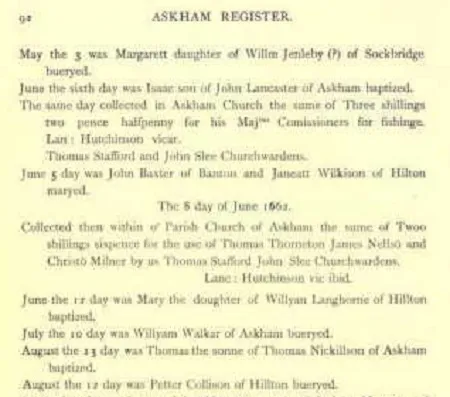
Note that baptisms, burials and marriages and other parish business were all listed together. When relying on these types of records we have to keep in mind that the information may have been transcribed incorrectly, so always keep an open mind and try to corroborate facts.
Wills can vary widely in the information that they yield. Here is an English example, for Charles Julius BERGUER (1830)
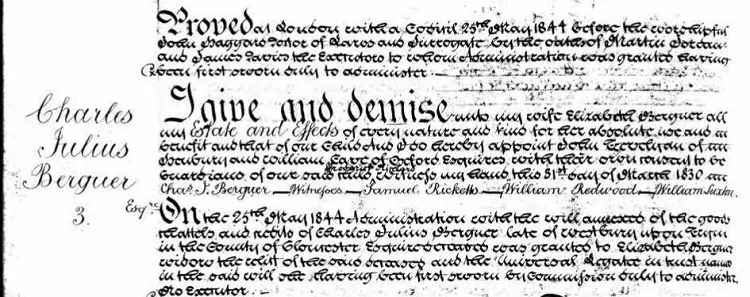
(source unknown)
Not always easy to read until you have practiced on old documents for a while.
Marriages - banns, applications, announcements, divorces, engagements
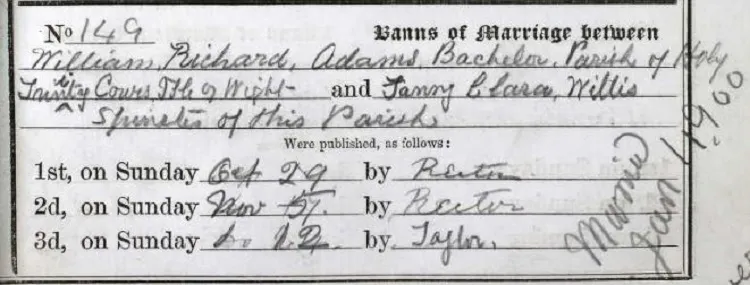
(source unknown)
It gives little information beyond names, except to show that each party had never been previously married.
And just because banns were published did not necessarily mean they actually went through with the marriage, so never assume anything!
This next document is a marriage application from the USA, for Louis HALL and Florence May WALKLETT (2 Jan 1914).
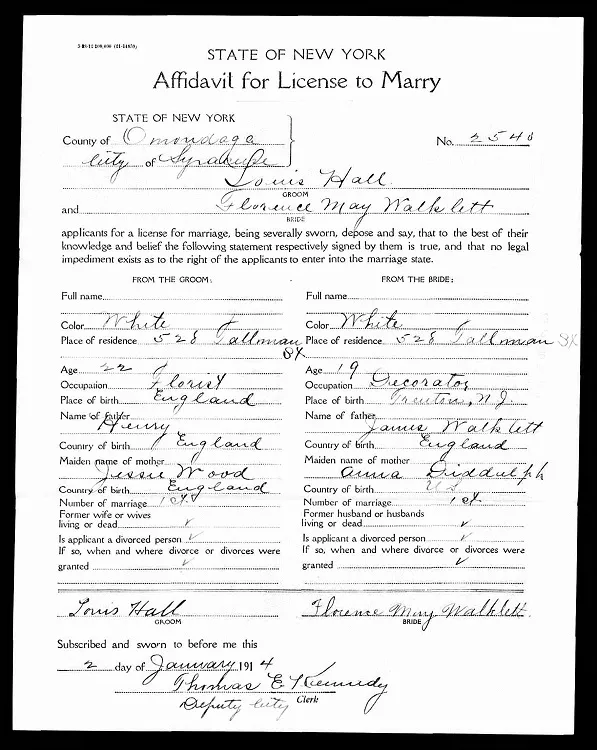
(source unknown)
It has a good amount of information for the researcher to work from. Note their addresses are the same, so it is likely they rented rooms within the same house. It was common for whole families to live this way.
Here is a USA divorce application, for George C. BUCHANAN jr. and Abigail Opal HARROD (25 Oct 1900).
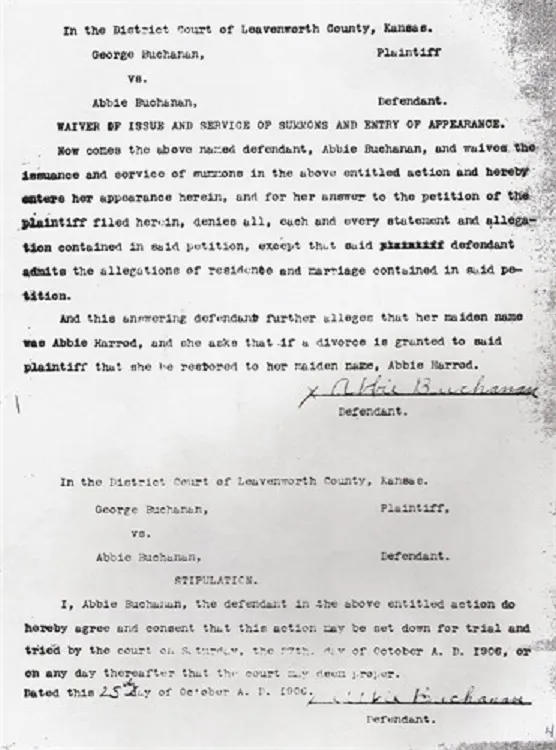
(source unknown)
In this case it gives little information beyond the woman's maiden name, so if we didn't already know it this would certainly be valuable. Sometimes in divorce-related papers there might be listed a co-respondent (if one spouse has been having an affair, for example), or there may be other reasons given for seeking the divorce (such as spousal abuse or abandonment), so they are definitely worth checking out.
This is an example of a Northern Ireland newspaper marriage notice, for Edward BEST and Anna Woods BALLARD (7 Jul 1852)

(source: The Belfast Newsletter, 7 Jul 1852)
Short & sweet, as they say, and gives little beyond the basics. Normally we'd see mention of the parents of both parties.
At one time it was fashionable for there to be a detailed accounting of someone's wedding. Very descriptive and detailed, down to the clothes of the wedding party, their gifts received, and where they'd honeymoon.
This Australian example is for John CROCKER and Alma Annetta Sylvia FRENCH. (Mar or Apr 1922)

(source unknown)
It certainly has some great information that could help with extending the research further, such as parents, places, siblings, etc.
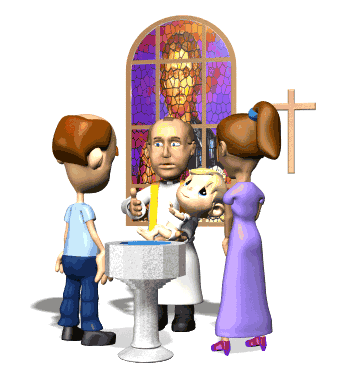
image source
If you'd like to catch up on the earlier lessons, here are the links to those posts:
Lesson 1
Lesson 2
Lesson 3
If you have any questions, I am happy to help. :)
If you are interested in your own family history and want some help, I work for Steem & SBD. Check out my biz post here.
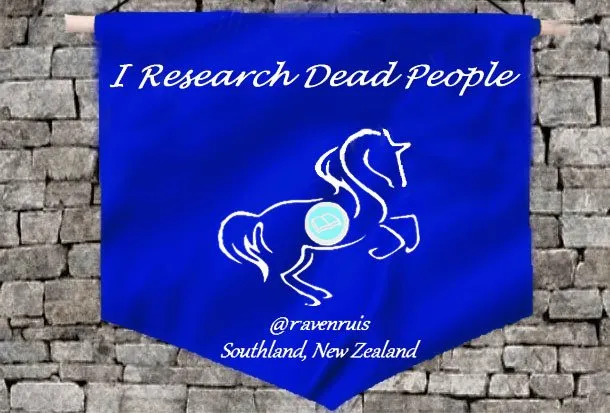


(extra tags: #blog #teamnz #nobidbot #minnowsupport #familyhistory )
